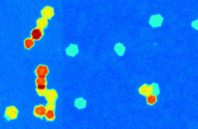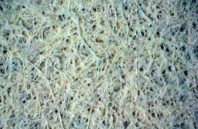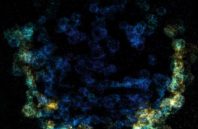Two-dimensional (2D) nanomaterials have been made by dissolving layered materials in liquids, according to new UCL-led research. The liquids can be used to apply the 2D nanomaterials over large areas and at low costs, enabling a variety of important future...
Read more
New Solution For Making 2-D Nanomaterials


 (585) 768-2513
(585) 768-2513









